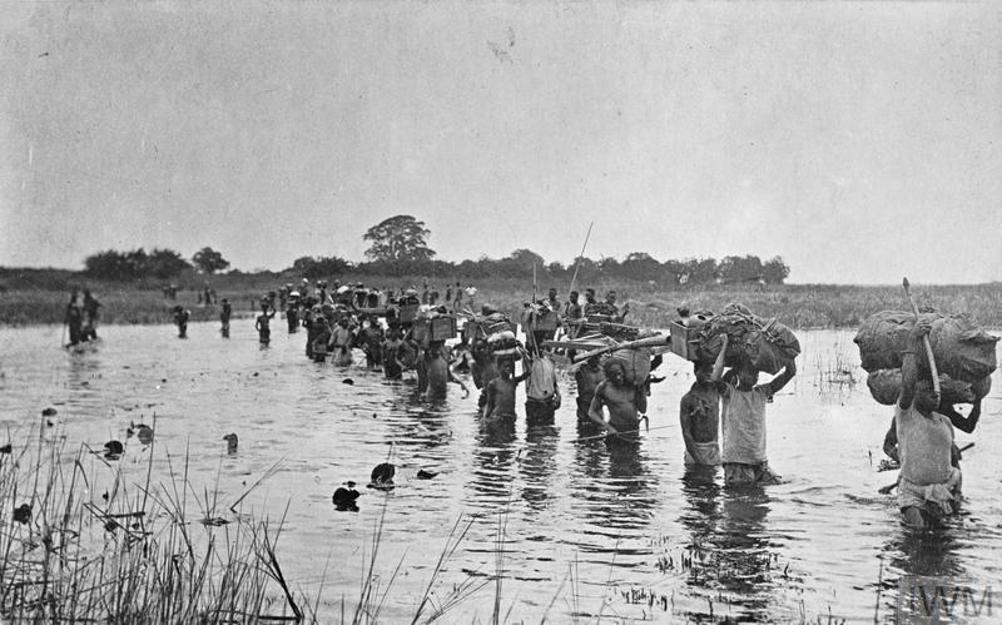Published research outputs
Our project updates report some of the latest progress and outputs of the Non-Commemoration programme.

Remembering the dead of the British Empire: A review of commemorative activity during and after the Second World War
Following the Report of the Special Committee to Review Historical Inequalities in Commemoration (2021), the Commonwealth War Graves Commission has expanded this research to assess commemorative activities following the Second World War.
Read the report
African manpower statistics for the British Forces in East Africa, 1914-18: a reassessment
This article published in the British Journal for Military History, offers a new estimate for the number of soldiers and carriers raised from across East Africa who died in British imperial service during the East Africa campaign of the First World War. It does this by examining and challenging figures present in the historiography and returns to contemporary records to provide meaningful data on which to base new calculations.
Read the articleIn this short film Dr George Hay, Official Historian, the Commonwealth War Graves Commission shares the significance behind this research.
For years, estimates of East African losses during the First World War have relied on broad sweeping figures that while emphasising the staggering scale of loss, obscure the human lives they represent. This latest work uses careful and informed calculations to produce a figure that still speaks to the magnitude of those who never came home but hopefully also restores some dignity and individual recognition to each person who lost their life in British military service during the war.
This work will open the door to new forms of commemoration and learning, offering contemporary communities deeper understanding of the global dimension of the First World War and highlighting contributions remain underrepresented in popular narratives.

Lost burials in Mombasa
The search for lost burials is one of the more challenging aspects of our work. Working with anthropologists, specialists, and archaeologists, our historians have developed a methodology in searching for missing sites, using archive sources and mapping software to build composite maps. The most successful use of this approach was in Mombasa, where two likely First World War burial sites have been located and progress is now underway to work with the communities affected. This approach could be mirrored across East Africa.
Read the latest research report for Mombasa
Discovering a cemetery in Dar-es-Salaam
Following the same methodology adopted to search for evidence of lost cemeteries in Mombasa, this report focuses on Dar-es-Salaam – the capital of what was German East Africa, which was occupied by British forces in early September 1916.
Combining archival research from Tanzania and the UK, the CWGC’s Non-Commemoration Programme has identified the probable location of a cemetery for potentially thousands of African carriers who died in British service during the First World War.
Read the latest research report for Dar-es-SalaamRead the original Non-Commemoration report

Carriers transporting stores across a river. (Photo: © IWM Q103654)
The report compiled by the Special Committee is available to download as a PDF document:
Read the Non-Commemoration report Read the Non-Commemoration report - Swahili language version

